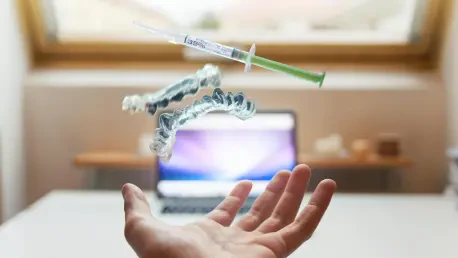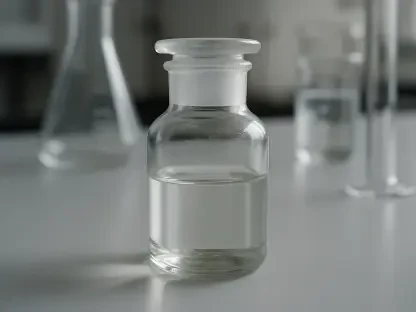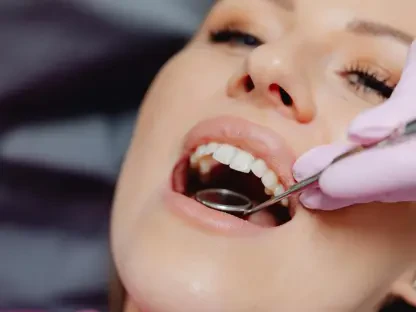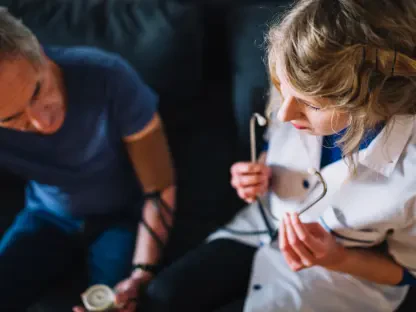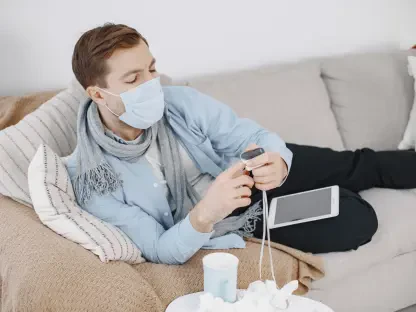James Maitland stands at the forefront of revolutionizing healthcare with innovative applications of robotics and IoT in medicine. We have the privilege to speak with him about his latest project— the Highly Oxygenated Aerosol Controlled (HOAC) Combo device. Aimed at curbing airborne infections during respiratory treatments, this device carries great potential in enhancing both patient and healthcare worker safety. Today, Maitland shares his insights on its development, challenges faced, and the path forward for this groundbreaking technology.
Can you provide an overview of your role at AIIMS Raipur and your involvement in the development of the HOAC Combo device?
My primary role at AIIMS Raipur is as a Senior Nursing Officer in the Department of Cardiothoracic and Vascular Surgery. My deep interest in innovation and patient safety initiatives led me to the creation of the HOAC Combo device. This invention aims to tackle the problem of airborne infections during procedures like nebulization and low-flow oxygen therapy. By engineering this closed-system respiratory support unit, my goal was to protect not just the patients but also the healthcare workers from potential infections.
What specific challenges do healthcare workers and patients face with airborne infections during nebulization and other respiratory treatments?
Healthcare workers and patients are constantly at risk of exposure to airborne pathogens during respiratory procedures, which can significantly compromise health and safety in clinical environments. Nebulization and similar treatments often result in the aerosolization of infectious particles, escalating the risk of disease transmission. This not only affects those undergoing treatment but also poses a threat to nearby healthcare professionals who might be exposed to airborne infections.
How does the HOAC Combo device address these challenges?
The HOAC Combo device is designed as a closed-system unit, meaning it significantly reduces the aerosolization of infectious particles. By containing the emissions during respiratory therapies, it provides a critical layer of protection against airborne infections. The device is crafted to ensure that both patients and healthcare workers are shielded from potential exposure, thereby creating a safer treatment environment.
What inspired you to develop the HOAC Combo device?
The inspiration stemmed from witnessing the challenges healthcare workers face, especially during the height of the pandemic. Observing the risks involved with traditional methods of respiratory treatment, I aimed to create a solution that would safeguard medical professionals while improving patient care. This inspired the conceptualization and creation of a device that could mitigate these risks efficiently.
Could you elaborate on what a utility patent entails and its significance for the HOAC Combo device?
A utility patent, like the one granted for the HOAC Combo, protects the unique design and functional aspects of the device. It ensures that the innovation is legally recognized as novel and useful, safeguarding the intellectual property and providing a competitive edge. This acknowledgment validates the ingenuity behind our development and sets the foundation for bringing it to market.
What is the current stage of development for the HOAC Combo, and what does the functional prototype development phase involve?
Currently, the HOAC Combo is in the functional prototype development phase. This involves refining the design, optimizing functionality, and conducting preliminary tests to ensure the device works as intended. The goal is to create a robust prototype that can undergo clinical validation and pilot studies, which are essential before commercial production and widespread implementation.
What are the next steps after the prototype development for the HOAC Combo device?
Following the prototype development, the plan is to conduct pilot studies and obtain clinical validation. These steps are crucial to understanding the device’s efficacy in real-world settings and making necessary adjustments. Once these stages are completed, we intend to pursue large-scale production and implementation, initially in India and ultimately at a global level.
How do you plan to ensure the large-scale implementation of this device both in India and globally?
Scaling up involves strategic partnerships and securing funding that supports large-scale manufacturing and distribution. Engaging with healthcare institutions, government bodies, and technology partners will be vital in facilitating broader access. Additionally, building awareness and educating potential users about the benefits of the HOAC Combo will help in its global adoption.
Can you share your experience and any feedback from showcasing the HOAC Combo at the India Innovation Summit 2025?
Showcasing the HOAC Combo at the India Innovation Summit was a pivotal moment, offering an excellent platform for exposure and feedback. It allowed us to interact with industry leaders, researchers, and potential investors who provided invaluable insights and enthusiastically supported the device’s purpose. The summit reinforced the need for such innovations in the healthcare landscape.
How does the publication on the ATLAS of Innovation platform contribute to the development and recognition of the HOAC Combo device?
Having the HOAC Combo published on the ATLAS of Innovation platform significantly bolsters its credibility and visibility. This platform advocates for technologies aimed at tackling TB and similar challenges, aligning perfectly with our goals. It opens doors for networking, collaboration, and recognition, which are essential for the device’s success and further development.
What role have AIIMS Raipur, the Department of Health Research, and the Indian Council of Medical Research played in supporting your project?
AIIMS Raipur, alongside the Department of Health Research and the Indian Council of Medical Research, has been instrumental in the development of HOAC Combo. They have provided not only the institutional backing and resources needed but also encouragement and recognition. Their support has been unwavering, aiding in navigating the complexities of medical device innovation.
How did it feel to be nominated for the National Florence Nightingale Award and the National Science Award 2025?
Being nominated for such prestigious awards is incredibly humbling and a testament to the hard work and dedication involved in this project. It feels gratifying to have our efforts recognized at a national level, and it motivates me to continue pushing boundaries in medical innovation.
What have been key learnings during this project development, and how do you see them influencing future projects?
This journey has taught me the importance of resilience and collaboration in innovation. The complexities of developing medical technology require a multifaceted approach, involving multiple stakeholders and constant learning. These insights will undoubtedly influence future projects by emphasizing the need for thorough research, stakeholder involvement, and adaptive problem-solving.
Are there any potential collaborations or partnerships in the pipeline for the further development of the HOAC Combo?
Yes, we are in discussions with several medical device companies and research institutions to explore potential collaborations. Partnerships would not only aid in refining the device further but also ensure it reaches a broader audience, ultimately benefiting more patients and healthcare professionals worldwide.
What advice would you give to other nurses and healthcare professionals interested in innovating within the healthcare sector?
I would encourage them to remain persistent and passionate about their ideas. Innovation in healthcare often requires overcoming significant challenges, but the impact of successful innovation is profoundly rewarding. Engaging with interdisciplinary teams and seeking mentorship can facilitate this journey. Above all, let patient care and safety drive every initiative you undertake.
